🎥 These are the images (and ambitions): teams that have explored the gravel stage of the Giro are heavily favored
CyclingWednesday, 08 May 2024 at 22:25
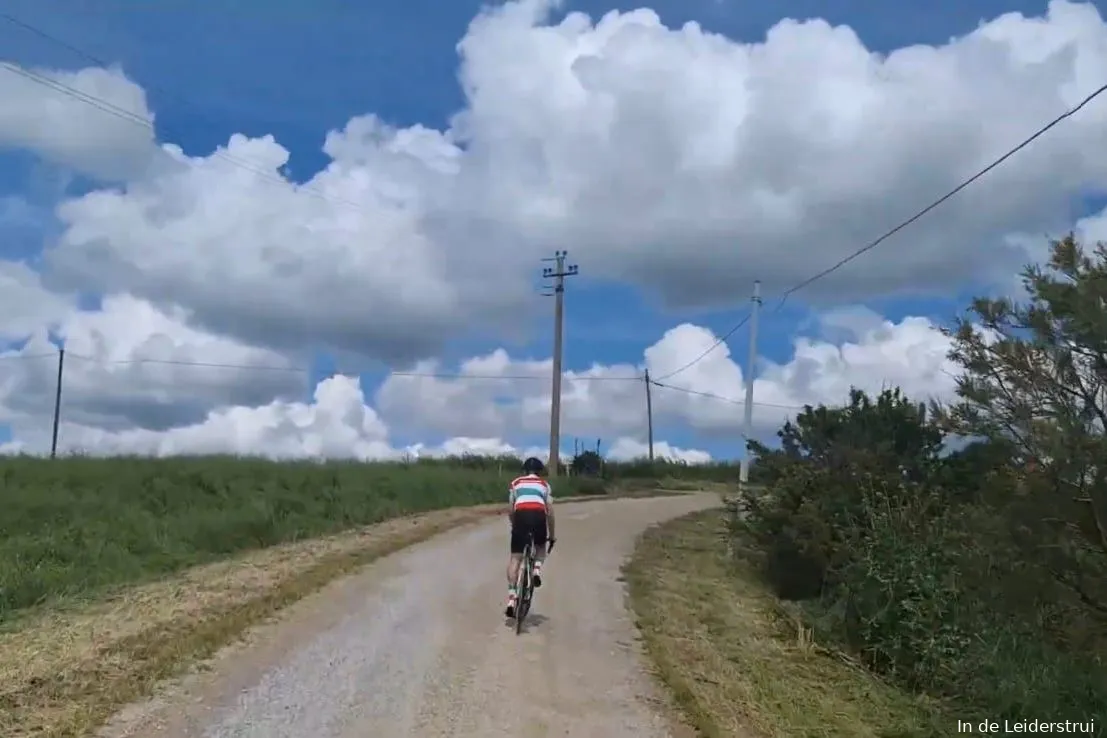
The sixth stage of the Giro d'Italia briefly traverses Tuscan gravel roads, well-known from Strade Bianche. Though only about ten kilometers long, will the gravel still impact the classification? IDLProCycling.com analyzed the sections to be tackled on Thursday and spoke to the major teams about their preparation and ambitions.
The significance of the sixth stage in the Giro was evident even before the race began. During the pre-race press conference, BORA-hansgrohe revealed that they had meticulously scouted the stage. "In stages like this, danger is always present, so it's beneficial to have done a reconnaissance," stated team manager Enrico Gasparotto. "The finale won't be easy, and we anticipate some excitement, but ultimately, it depends on the overall state of the Giro for all riders."
According to team leader Daniel Felipe Martínez, the stage will be "nerve-wracking." "Reconnaissance is crucial and has provided us with valuable insights," Martínez added. "It allows us to familiarize ourselves not only with the gravel sections but also with the approach to these sectors. It will undoubtedly be a challenging ride. Good legs alone won't suffice; luck also plays a significant role. A mechanical issue at an inopportune moment could set you back significantly in the general classification. You can't win the Giro here, but you can certainly lose it. That's why I'm relieved that we've already tested the gravel sections and bike setup."
Read more below the photo!
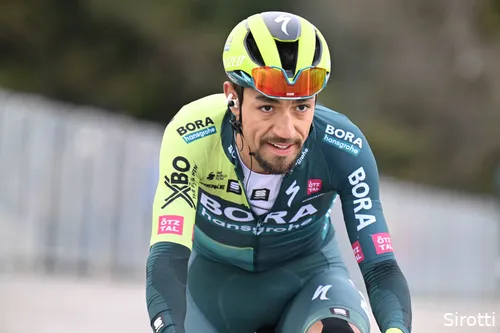
Daniel Felipe Martinez
Tractor tracks, large stones, and annoying protrusions
So what makes the finale so tough? During our reconnaissance for this website, we cycled from Rosia to the start of the first gravel section, which is 49.5 kilometers from the finish. The gravel begins after a traffic circle and gradually ascends on a false flat. This may not sound daunting to riders, but considering the speed gained from the mostly downhill stretch from Rosia, it's anticipated to be quite challenging when they hit the first white road. Positioning will be crucial, with riders jostling for position, hoping to avoid any mishaps, as there's little room for maneuvering with five trains in a row.
Following a swift start, we make a right turn just after passing the golf course. Although the view from here is breathtaking, riders will primarily focus on navigating the rapid descent on gravel. The descent isn't smooth, and immediately after comes the ascent to Grotti. On paper, the climb of 2.5 kilometers at 6.0 percent gradient might not seem overly difficult, but with sections reaching up to 10.0 percent, it presents a different challenge. Moreover, the rough tractor tracks and occasional large stones on the road surface add to the difficulty.
After letting some air out of the tires, we proceed, encountering a brief stretch of asphalt before facing a challenging rise where riders with tired legs may struggle. Upon reaching Grotti, the ascent concludes, and the route descends. Then, it's a series of undulating roads through the Tuscan countryside. The challenge doesn't let up, even as there's some respite in the valley below. Following a few more climbs, we approach the stretch towards Pievina, spanning 2.4 kilometers. While there are no major ascents, the route undulates and includes sections with loose gravel. It narrows towards the end, descending towards the asphalt road.
Read more below the video!
Pogacar relies on Strade Bianche experience, INEOS and Visma | Lease a Bike explored
So, the stage on paper doesn't tell the whole story. While the gravel sections aren't lengthy, they can play a crucial role in shaping the stage's outcome. Teams that have taken the initiative to scout them are thus at a significant advantage. INEOS Grenadiers embarked on a scouting mission around the Strade Bianche in March. "We scouted it with some riders because it's a crucial stage," stated team manager Oliver Cookson. "We're well-prepared, familiar with the gravel sections. Our goal is to support Geraint Thomas with riders in excellent form. Whether we'll dominate like in recent days remains to be seen. The Giro is still long, with more stages ahead. Above all, we need to be strategic, and I might seek advice from Tom Pidcock."
Classification leader Pogacar provided no indication of whether he'll scout in the months leading up to the Giro. The Slovenian from UAE Team Emirates is relying on his experiences from Strade Bianche. He won that race as recently as March, after an 80-kilometer solo effort. "It's beneficial that I'm familiar with some of the roads from Strade Bianche, but it won't be the same race," he remarked at the press conference following stage 5. "It will be a stage filled with challenges, and as a team, we need to be well-prepared. We're completely focused."
At Visma | Lease a Bike, Cian Uijtdebroeks traveled to Tuscany to scout the crucial route. However, is it truly crucial? Sport director Marc Reef adds nuance, "You need to stay out of trouble, but I don't believe it's demanding enough to create significant gaps. Although, in this Giro, we've already witnessed more surprises... Cian has scouted it, and Maarten Wynants has been there. So we're familiar with the gravel sections and have visual references."
IDL-productions
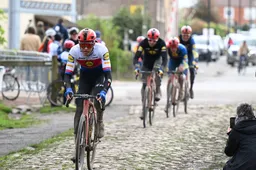
Last year, he was spot on: Lidl-Trek team leader De Jongh names his spring surprise for 2026
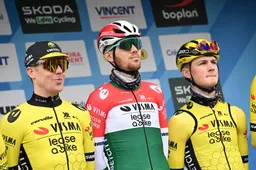
Attila Valter on why he left Visma | Lease a Bike: 'If it is what it is after three years, its not going to change'
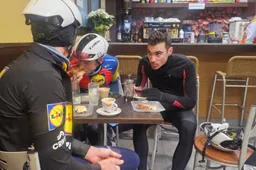
Still in black, but soon in colorful Lidl-Trek jersey: Juan Ayuso praises new environment

Bouwman not afraid to change at 32 after first disaster year outside of Visma: 'Have to be honest with myself'

Sanremo, a world title and the yellow jersey: Michael Matthews escaped death - and that reignited his spark
Latest Cycling News
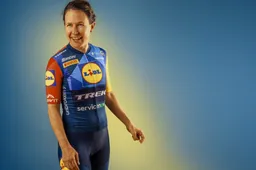
Women's peloton will lose an icon after 2026: Amanda Spratt will end her career at the end of the season

Tadej Pogacar makes time in Italy to pay his respects to late rider
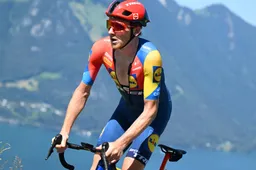
Will the surprise of 2026 at Lidl-Trek come not from Pedersen or Ayuso, but from a forgotten Giro winner?

Vincenzo Nibali knows exactly why Tadej Pogacar never won Milano-Sanremo
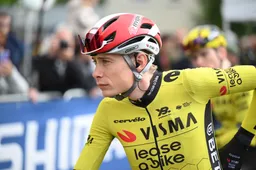
Important Updates on Possible Giro d’Italia plans for Jonas Vingegaard and Unibet Rose Rockets
Popular Cycling News
Latest Comments
- Those events are mental rest for him. Fun, without expectations. *Sagan lost his abilities because he gained weight and got lazy. Pogi will likely retire before that has a chance at happening.Veganpotter14-12-2025
- Ah, the consequences of riding for Israel.Veganpotter11-12-2025
- Pidcock could follow everyone but Pogi while finishing 3rd. No second place rider this season😃Veganpotter16-11-2025
- Now the Palestinian protestors can stop their whining. Trump came to the rescue. So they can now STFU and go back to waving the rainbow flags.raufus15-10-2025
- Cracked the code lol. If it was that easy to 'crack the code' jonny Vegas would be charging up the Kwaremont giving Pog a dose of his medicine. Evenepoel can't match pog on a climb and neither can mvdp. Anything with a half difficult climb and Pog smashes the field. Even on flat(ish)parcours like Roubaix it came down to a mistake and crash by pog to definitively crown mvdp. MSR is the only one that Pog probably won't win.kevpt10-10-2025
- We've seen this movie before. I think Pogacar is doping.DeadBlow10-10-2025
- 👍Bea08-10-2025
- 👌🏻Bea08-10-2025
- What the data doesn't show is how much of an effect drafting had for evenepoel. Pogacar went with del toro at 100km whilst Evenepoel was still in the bunch. Despite the bike changes he still had a lot of assistance getting back to the bunch. Pogacar then rode 60km solo whilst evenepoel rode with Healy/Skjelmose until going solo in thd last 10-15km. Thats ~20% less power / energy requirements for 45-50km. Apples and oranges...kevpt30-09-2025
- 👏👏Bea24-09-2025
Loading